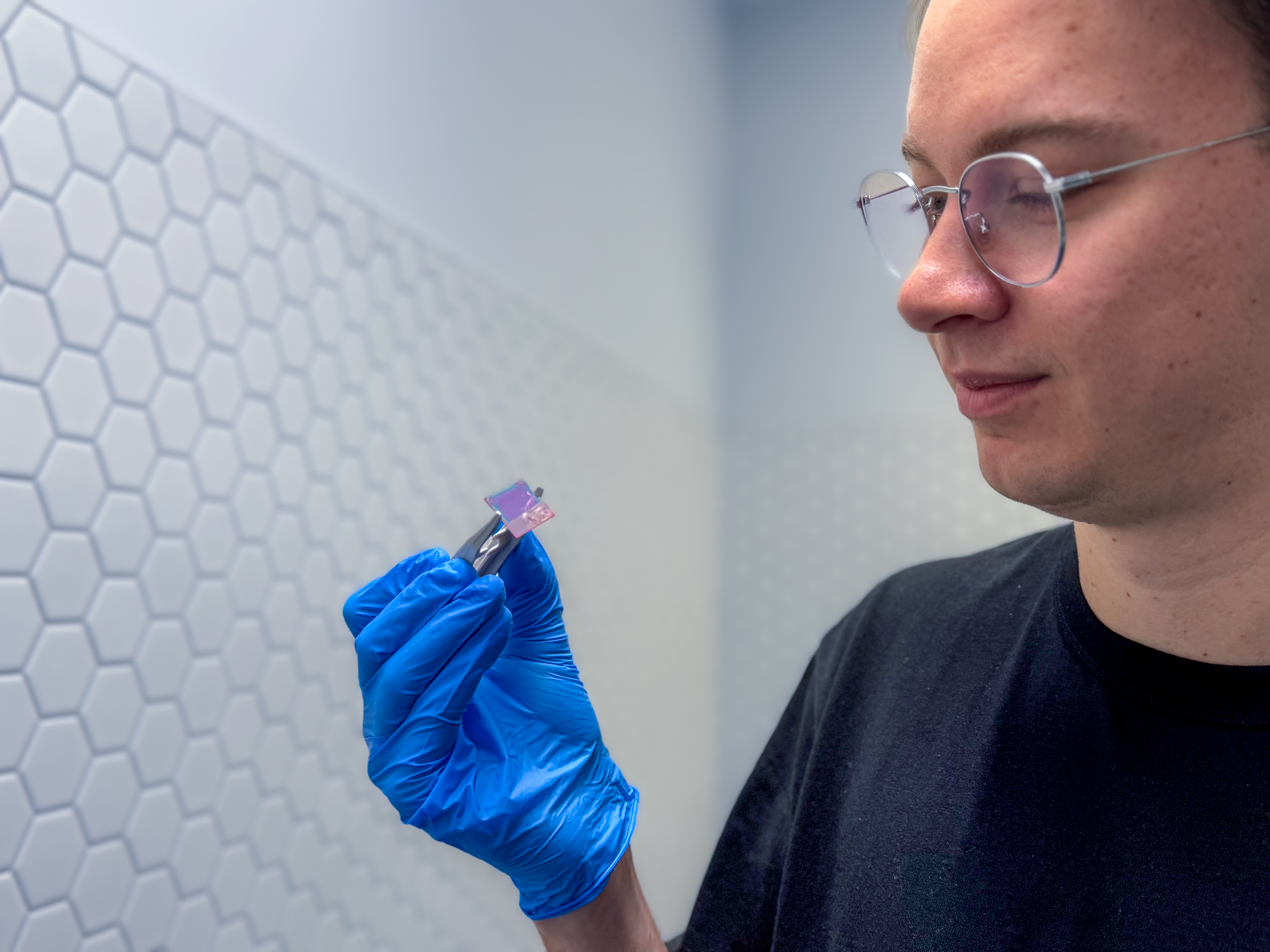Media release
From: RMIT UniversityResearchers from RMIT University and CSIRO, Australia’s national science agency, have unveiled a method to significantly extend the lifetime of quantum batteries – 1,000 times longer than previous demonstrations.
A quantum battery is a theoretical concept that emerged from research in quantum science and technology.
Unlike traditional batteries, which rely on chemical reactions, quantum batteries use quantum superposition and interactions between electrons and light to achieve faster charging times and potentially enhanced storage capacity.
In a new study, researchers have successfully tested a new way to extend the life of a quantum battery.
Study co-author and RMIT PhD candidate Daniel Tibben said they were inching closer to a working quantum battery.
“While we’ve addressed a tiny ingredient of the overall piece, our device is already much better at storing energy than its predecessor,” he said.
Developing quantum batteries in the lab remains challenging.
Previous devices demonstrated impressive charging speeds but struggled with rapid discharge rates, losing stored energy almost as quickly as they charged.
For this study published in PRX Energy, the team built and studied five devices, which worked best when two specific energy levels aligned perfectly, allowing energy to be stored more efficiently.
The best performing device was able to store energy for 1,000 times longer than the previous demonstration, improving the energy storage from nanoseconds to microseconds.
The team says while this might not sound like a long time, the breakthrough proves the concept and builds a strong foundation for future research.
Study co-author and RMIT chemical physicist Professor Daniel Gómez said their study marks a significant advancement for quantum batteries and paves the way for improved designs.
“While a working quantum battery could still be some time away, this experimental study has allowed us to design the next iteration of devices,” Gómez said.
“It’s hoped one day quantum batteries could be used to improve the efficiency of solar cells and power small electronic devices.”
CSIRO’s Science Leader Dr James Quach, who led the previous experiment, also co-authored this paper.
“Australia is leading the way in experimental quantum battery research and this work is a significant advancement,” Quach said.
Gomez and his team at RMIT have engaged industry partners to collaborate on designing the next iteration of prototypes.
The team conducted the research in RMIT’s world-class Micro Nano Research Facility, a hub uniting diverse, high quality micro and nano technology research across multiple disciplines.
Funding was provided by the Australian Research Council, the European Union and an RMIT University Vice-Chancellor’s Senior Research Fellowship.
‘Extending the self-discharge time of Dicke quantum batteries using molecular triplets’, with RMIT co-authors Daniel Tibben, Francesco Campaioli and Daniel Gómez, is published in PRX Energy. DOI: 10.1103/bhyh-53np




